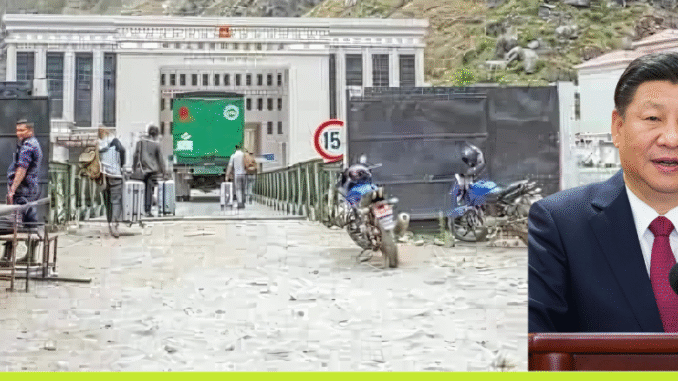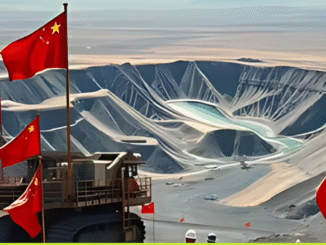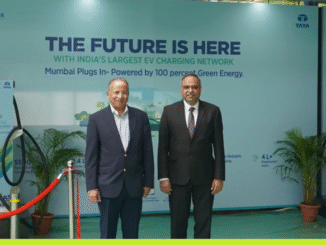
Nepal’s electric vehicle (EV) imports have taken a sharp hit in the first two months of the current fiscal year 2025-26, following severe disruptions along its key trade routes with China.
Imports Down by Over 70%
According to Nepal’s Department of Customs, only 486 electric four-wheelers were imported between mid-July and mid-September, compared to 1,602 units during the same period last year.
- China, the largest EV supplier, sent just 240 vehicles, down from 1,125 units.
- India, Nepal’s second-largest supplier, shipped 207 vehicles, compared to 475 units last year.
This slump follows the closure of the Rasuwagadhi-Kerung checkpoint, after floods destroyed the Nepal-China Friendship Bridge and other infrastructure in July. Similarly, the Tatopani-Nyalam crossing has been blocked for weeks due to landslides.
Mustang Route Offers Relief
In mid-September, Nepal officially opened the Mustang trade route for international trade with China. Within a week of operations, more than 200 EVs were imported via this new pathway.
“This arrangement means Nepal now has a third operational trade route with China,” said Kishor Bartuala, Information Officer at the customs department.
Demand Still Strong Despite Disruptions
Local distributors confirm that demand for Chinese EVs remains high. However, Cimex Inc., the official distributor of BYD in Nepal, noted some cancellations due to customer concerns following recent protests in the country.
Last fiscal year, Nepal imported 13,578 EVs, with 75% sourced from China. Despite current challenges, the long-term shift toward clean mobility suggests Nepal’s EV adoption will remain strong once supply stabilizes.






